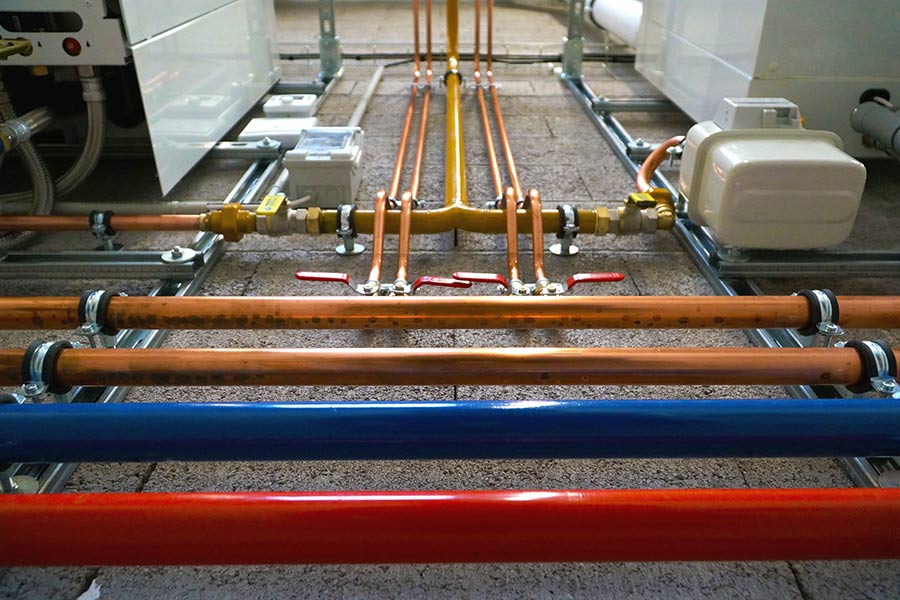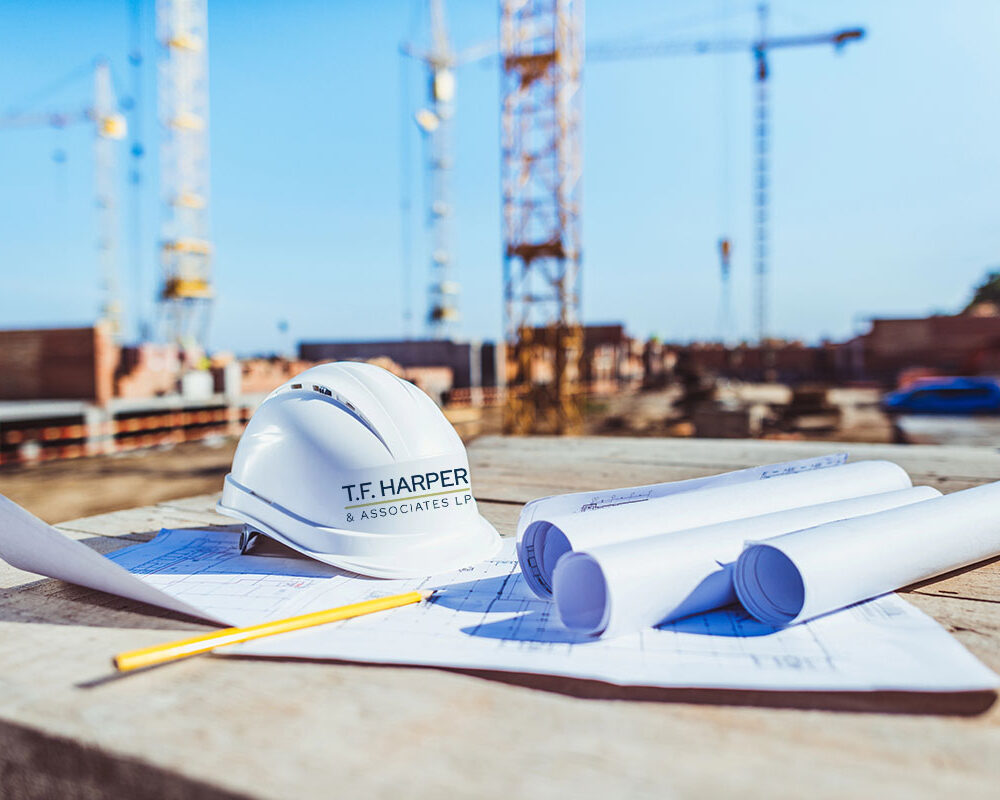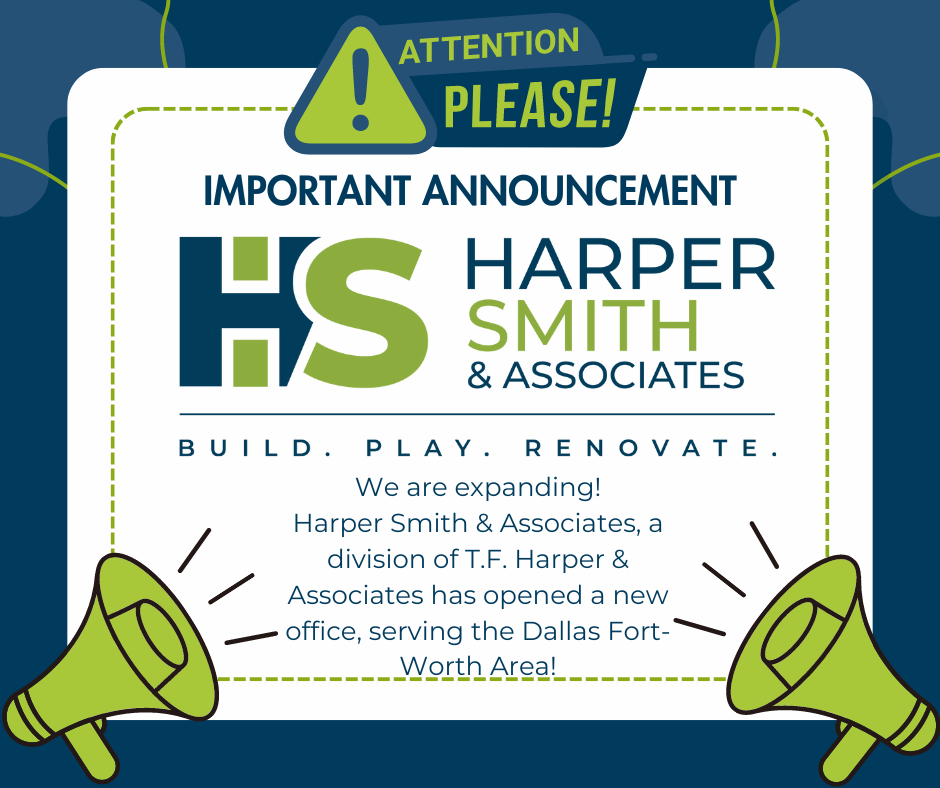Knowing the process by which construction companies follow and abide piping and plumbing codes can help you understand the scope and responsibilities a contracting company has. Whether completing a general commercial contracting project or a local community project such as a school or playground, it is essential to understand how city and state regulation are met along with the importance of good communication within a seemingly complicated workflow.
How It Starts
Plumbing and piping regulations for our commercial projects begin with the acquisition of the project. The first steps of a commercial project typically starts with the business, company or school wanting either a complete building construction, or a partial renovation. They would then announce the bidding as well as their requirements and entertain bids from a number of contractors. If we bid on the contract and win then we would most likely be responsible for shepherding the project to completion, from start to finish.
The Plumbers Code
Although we might have control of most aspects of the project, this does not always mean that do all the work. In the case of plumbers and piping for example, we would often choose plumbing subcontractors with a great reputation to do the majority of the plumbing work.
A joint responsibility of both the commercial contractor and the plumbing subcontractors is to ensure the necessary permits are obtained, and all the rules of both the state and the local municipality are followed to the letter. For example, under Austin City Codes, only the responsible plumber for the project can apply for a permit to create plumbing in a building. This means that neither officials of contractor, nor the officials who own or run the subcontractor can apply for and get their name on the license. That task remains the responsibility of the plumber.
Often times this can place a great burden on the master plumber to ensure that everything concerning plumbing and piping is followed. If there is a requirement for a certain thickness of copper pipe, then only that minimum thickness can be used.
Codified Law
Essentially, all plumbing rules for the State of Texas follow the guidelines set by The Uniform Plumbing Code. However, each municipality has the power to establish specific, additional requirements, and all of those are published under the Local Code.
Austin City Inspectors can stop by at any time to see that the plumbing (as well as all other codes) are being followed and are empowered to stop a project in its tracks. In rare cases they can demand the complete dismantling of the plumbing and starting all over if any part of the code has been shortchanged.
In essence, this means that construction companies must ensure all the plumbing meets every element of the code, that the master plumber has all the permits in place and must see to it that an inspector double-checks everything fully meets local and federal codes.






